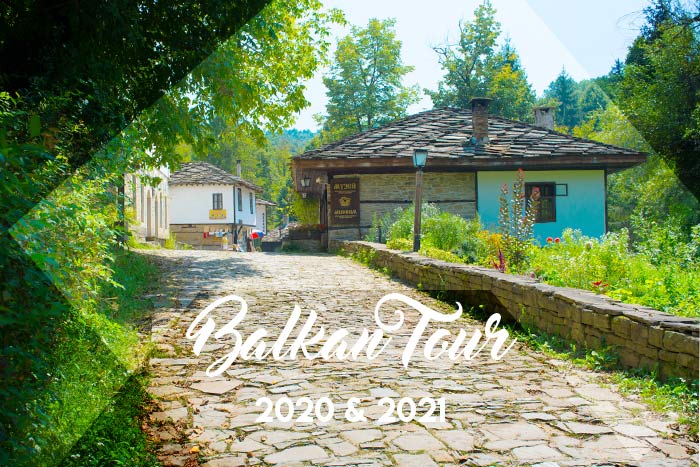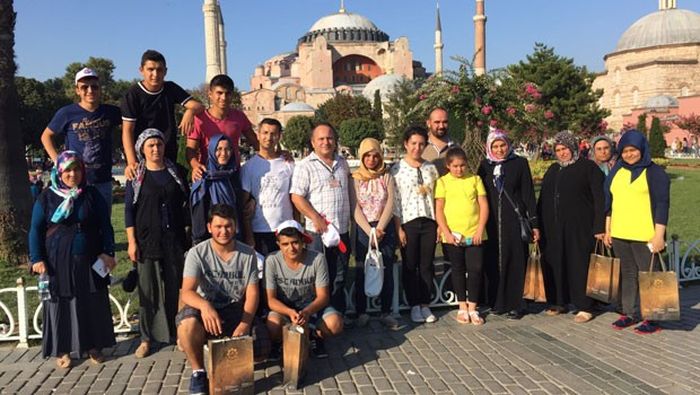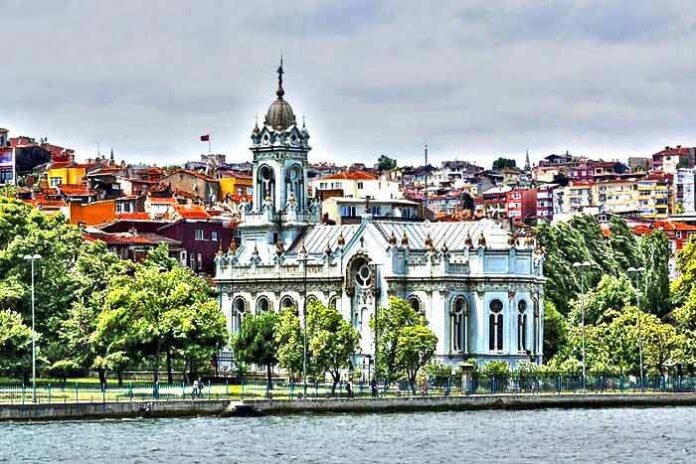Temples, Museums, and Ancient Altars
Kizil Avlu (Serapis Temple) A Marvel in Red Bricks
Built in 244 A.C. by Roman Emperor Hadrianus as an offering to the Egyptian god Serapis, Kizil Avlu, or “The Scarlet Courtyard,” stands out among the seven churches mentioned in the Bible. Its 19-meter high walls, constructed with vibrant red bricks, were meticulously transported by hand from brick kilns 15 kilometers away along the shores of Bakircay. Notably, the temple’s entrance boasts the region’s largest marble block, making it a unique and historic structure Discovering Bergama.
Bergama Archaeological Museum
The Bergama Archaeological Museum houses an array of artifacts spanning the Glazed Stone Age, Early Bronze Age, Archaic, Classic, Hellenistic, Roman, and Byzantine periods. Its ethnographical section showcases regional carpets, fabrics, kilims, and various handicrafts. The museum’s courtyard reveals tombs, column heads, tablets, statues, and Ottoman graves, offering visitors a captivating journey into the depths of history.
Bergama’s Call to Zeus The Lonely Pine Tree and the Zeus Altar
Viewed from the Athena Temple on upper Acropolis, a solitary pine tree now sits atop a five-step, melancholic foundation. Once occupying this space was the 12-meter high horseshoe-shaped Zeus altar, commemorating a victory against the Galateans during Eumenes II’s reign. Discovered during excavations led by German archaeologist Carl Humann Private Tour Bulgaria, the altar was later transported to Berlin with the Ottoman Emperor’s permission. Now displayed in Berlin as a masterpiece, the Zeus altar attracts three million tourists annually. Like the forlorn pine tree, Bergama yearns for Zeus’s return, echoing the sentiment that “the stone is heavy where it belongs.”







